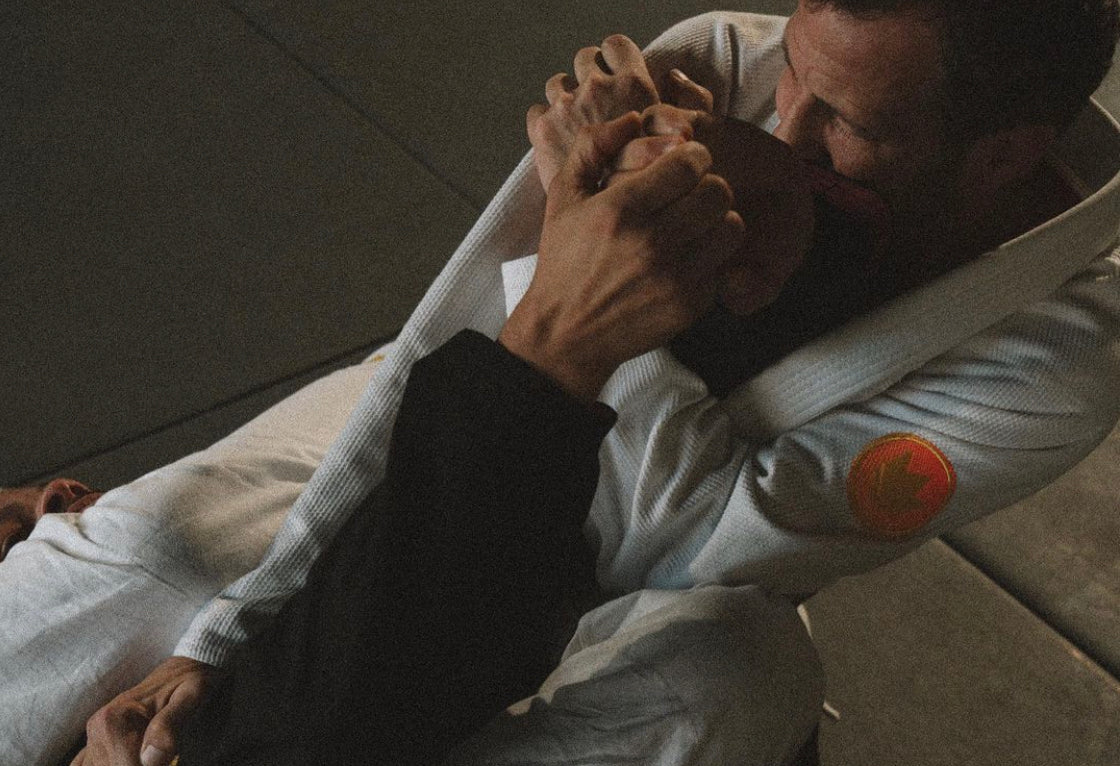News
Benefits of Training BJJ at a Small Academy

Benefits of Training BJJ at a Small Academy
As one of – if not “the” – the fastest growing sports in the world, Brazilian Jiu-Jitsu academies can be found in nearly every major city in the world. However, as ubiquitous as they’ve become, the size and depth of the training environments can vary greatly.
Some of the more well-established academies will invariably have larger facilities, with a deeper student body population. Generally, the bigger the academy, the more training partners you’ll have in any given class. More often than not, you’ll get to pick and choose your partners at will. Or, at the very least, you won’t “be stuck” with a drilling partner whose size and/or belt level may not provide you with the kind of training you want or need at that particular moment.
However, that’s not to say that smaller academies don’t offer their own advantages. Indeed, many offer a unique and intimate experience that could facilitate a jiu-jitsu journey that’s everything you could ever want. Here are a few of the benefits a smaller academy might offer, and how you can maximize those benefits and get the most out of your training:
Personalized Attention and Instruction
One of the most significant advantages of training at a small academy is the opportunity to receive personalized attention from the instructors. With fewer students per class, it’s easier for instructors to devote more time to individual students, offering detailed feedback, corrections, and tailored advice. With a smaller student body, instructors will also be able to invest more into your growth over time.
Take advantage of this opportunity by always – always – asking questions. Of course one should do this anyway, regardless of the size of the academy, but in a smaller academy with fewer students, you’ll have far more opportunities to do so.
Tight-Knit Community and Camaraderie
Small academies also offer tighter-knit communities and a stronger sense of camaraderie among all students. The bigger the student body, the more you see smaller groups form between various individuals of similar age, rank, competitive goals or personal experience. With smaller academies, you're likely to train regularly with the same group of people, forging deeper connections and friendships, even among people that you wouldn’t normally associate with outside of the academy. This kind of environment can enhance your motivation, accountability, and overall enjoyment of training.
You can do your own part in fostering this kind of community, even if you’re relatively new. Seek to actively participate in class discussions. Support your training partners by offering to drill with them or help them prepare for an upcoming tournament (that you may or may not also be competing in).
Opportunities for Leadership and Mentorship
As you accumulate more and more time on the mats and make your way up in the ranks, you will find yourself in a position to take on leadership or mentoring roles for the lower belts. This is especially the case in smaller academies. This might entail lending a hand in the beginner or kid’s classes, or helping a brand-new student with the basic movements on their very first day or week of class.
Always accept these opportunities. Not only do they generate some good mat karma, but the practice of helping to guide others through techniques will also accelerate your own learning, as you are forced to gain a deeper understanding of the techniques you are teaching to others.
Adaptability and Flexibility in Training
With fewer students, small academies may offer flexibility in training formats and schedules. Depending on who is on the mat at any given time, the instructor will be able to tailor techniques for the day. If there are a bunch of white belts, he/she will be able to emphasize the more fundamental techniques and concepts. If there are a bunch of colored belts, he/she will be able to teach more advanced techniques or more complex series of movements. Of course, if there are outliers in the group, the instructor will still have time to provide personalized adjustments or additions for those individuals.
Take advantage of this ability to adapt the classes by making requests concerning the techniques and concepts of the day. Discussing your goals – and upcoming tournament perhaps – and preferences with the instructors will allow them to tailor the class in a way that better facilitates your journey.
Smaller and larger academies each have their own pros and cons. Understanding both sides of the coin will help you 1) take advantage of and appreciate the benefits and 2) strategize on how to overcome any disadvantages so that you can get the most out of your individual jiu-jitsu journey. While it might be tempting to think the larger academies or bigger teams are always better, sometimes the best choice is the small, well-run academy in your own backyard.
